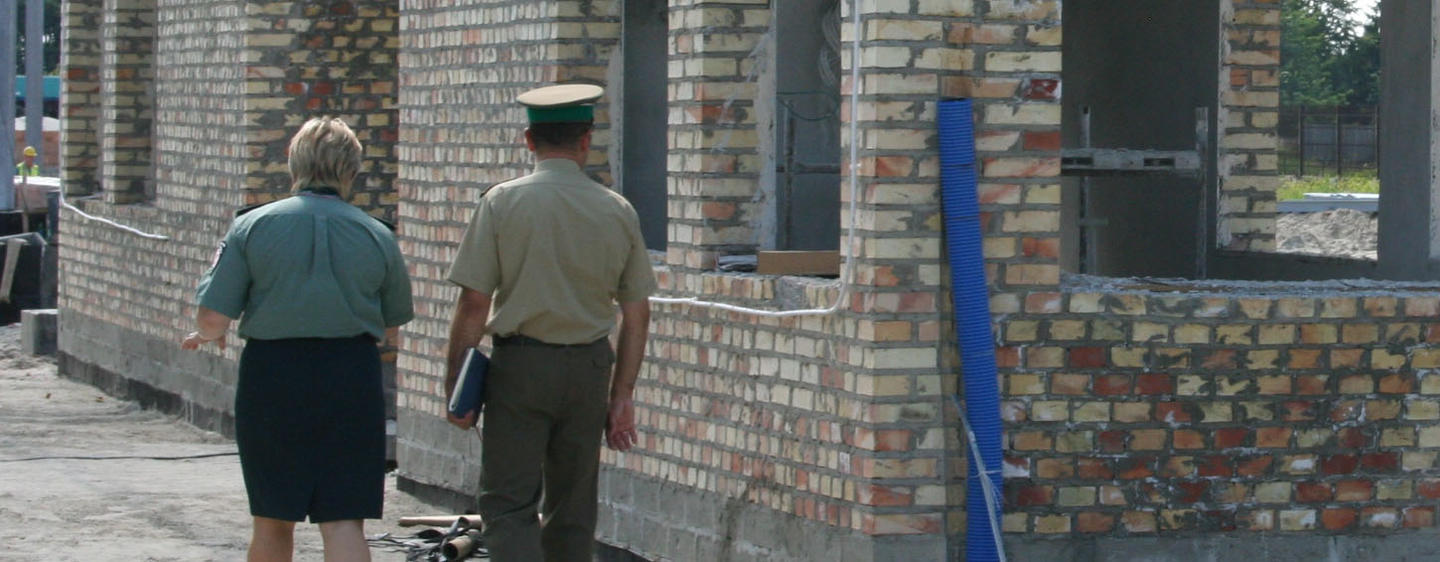The Terespol border crossing guards the eastern border of the European Union and the Schengen area with Belarus. Situated in Terespol in the Lublin Province, directly across the border from the Belarusian city of Brest, it is a key crossing point on the E 30 European route, which runs from Paris through Berlin and Warsaw to Moscow.
Its position on the EU's and the Schengen area's eastern border gives the Terespol border crossing an important preventive function, especially in the fight against illegal immigration, trafficking in persons, smuggling and other forms of organised crime.
The border crossing was opened in 1972 and has since then functioned as an international border crossing for cars and coaches. Since Belarusian authorities withdrew from common customs clearance in 2004, there has been an urgent need for expanding and upgrading the border crossing.
The project entails an extension of the border crossing's northern platform, as well as a massive upgrade and modernisation of the existing infrastructure. New access roads, control booths and control buildings will be constructed, and the existing customs clearance lanes will be widened. A full re-vamp of the station's electrical and ICT equipment is also included in the project. When the project has been carried through, the border crossing will employ 80 new staff members and be in full compliance with the Schengen acquis and provide a high degree of security. The service to passengers will improve and be made more efficient, and waiting times for customs clearance are expected to shorten.
A stone's throw away from Brest and its 310 000 population, the Terespol border crossing is in non-stop operation, 24 hours a day. In 2006 the daily average at the border crossing was 2550 vehicles. After the completion of the modernisation project, it is estimated that the border crossing will be able to process a traffic flow of 3456 vehicles daily. Border crossing traffic at the EU's eastern border is expected to increase over the following years.
